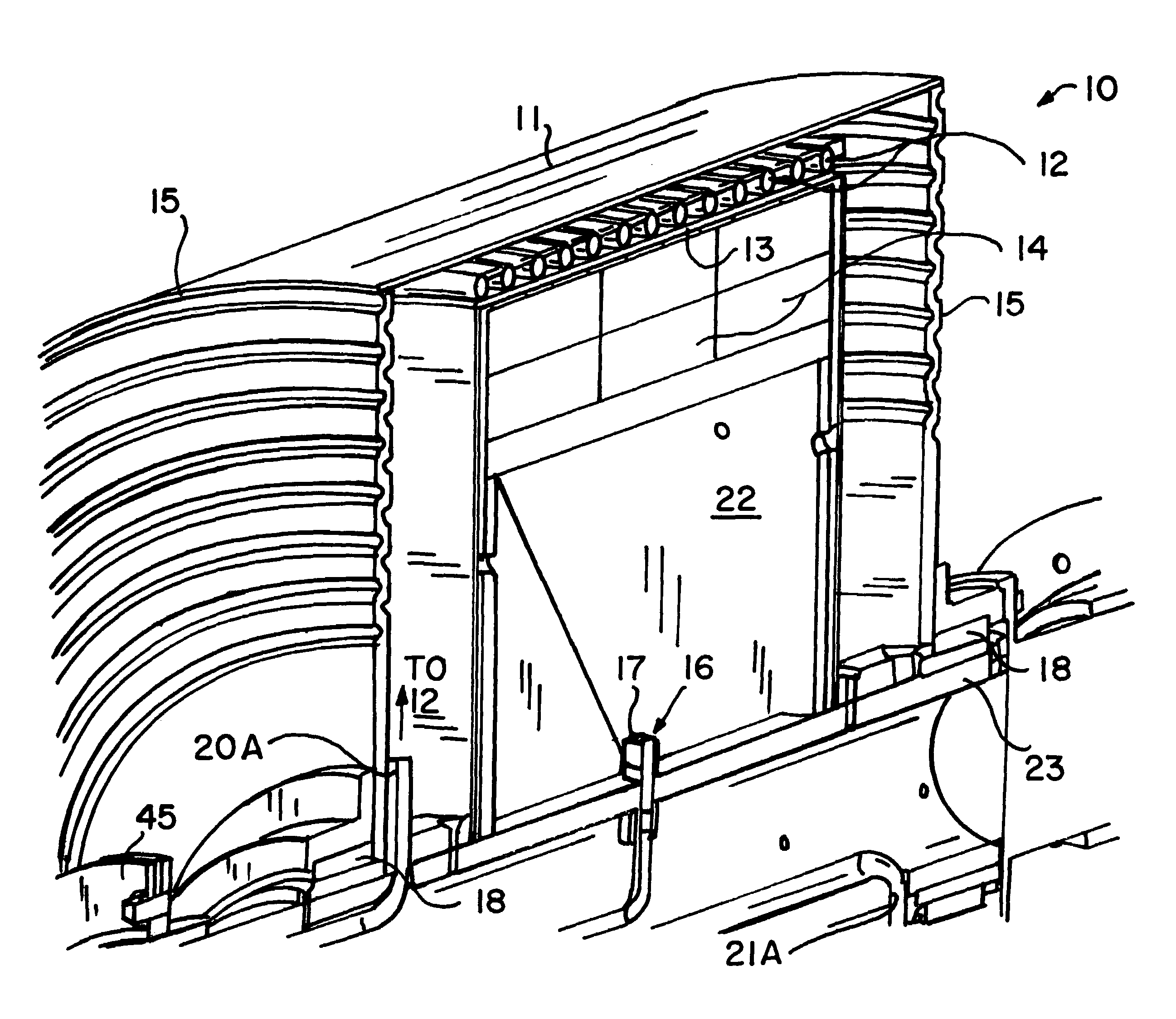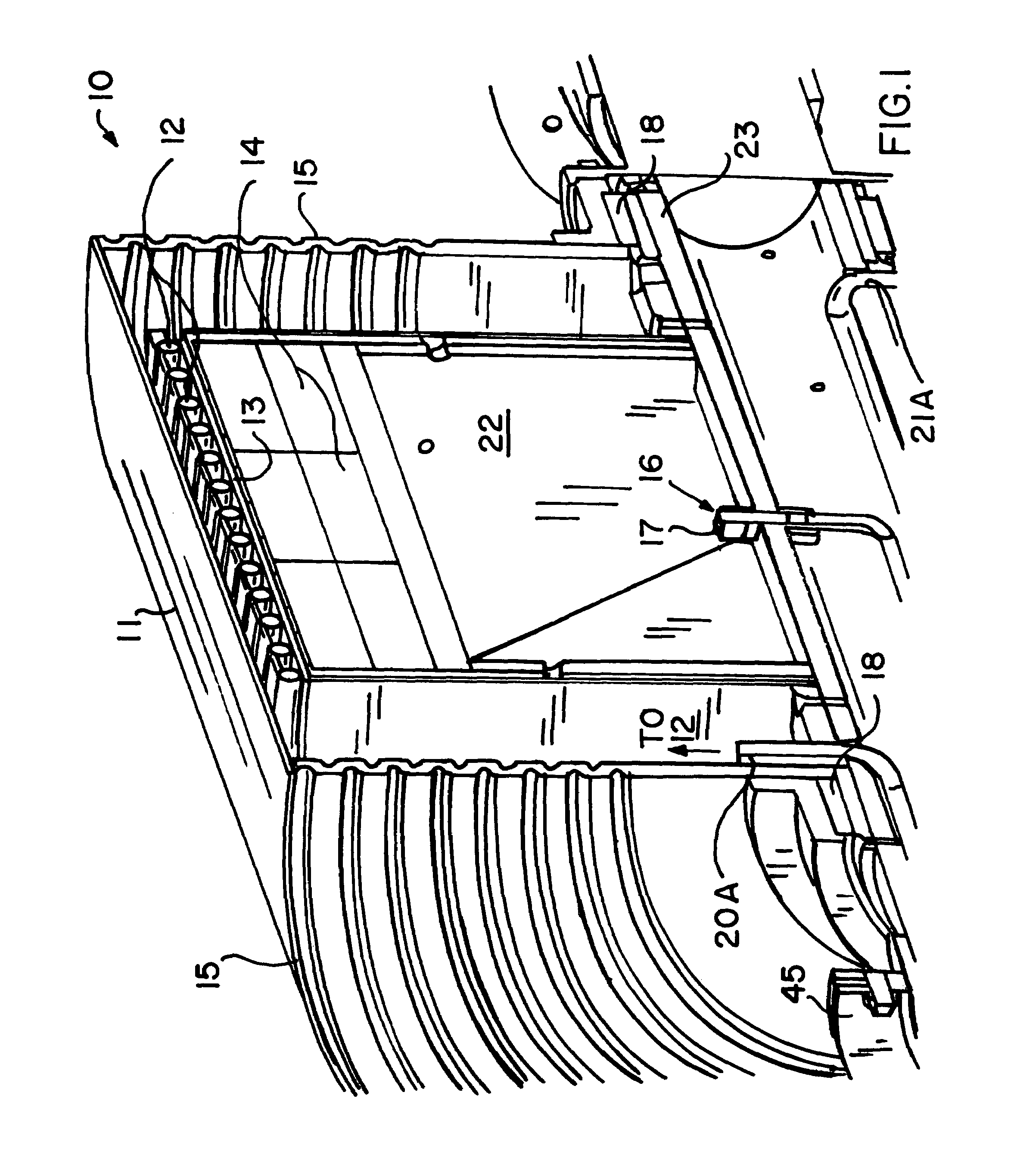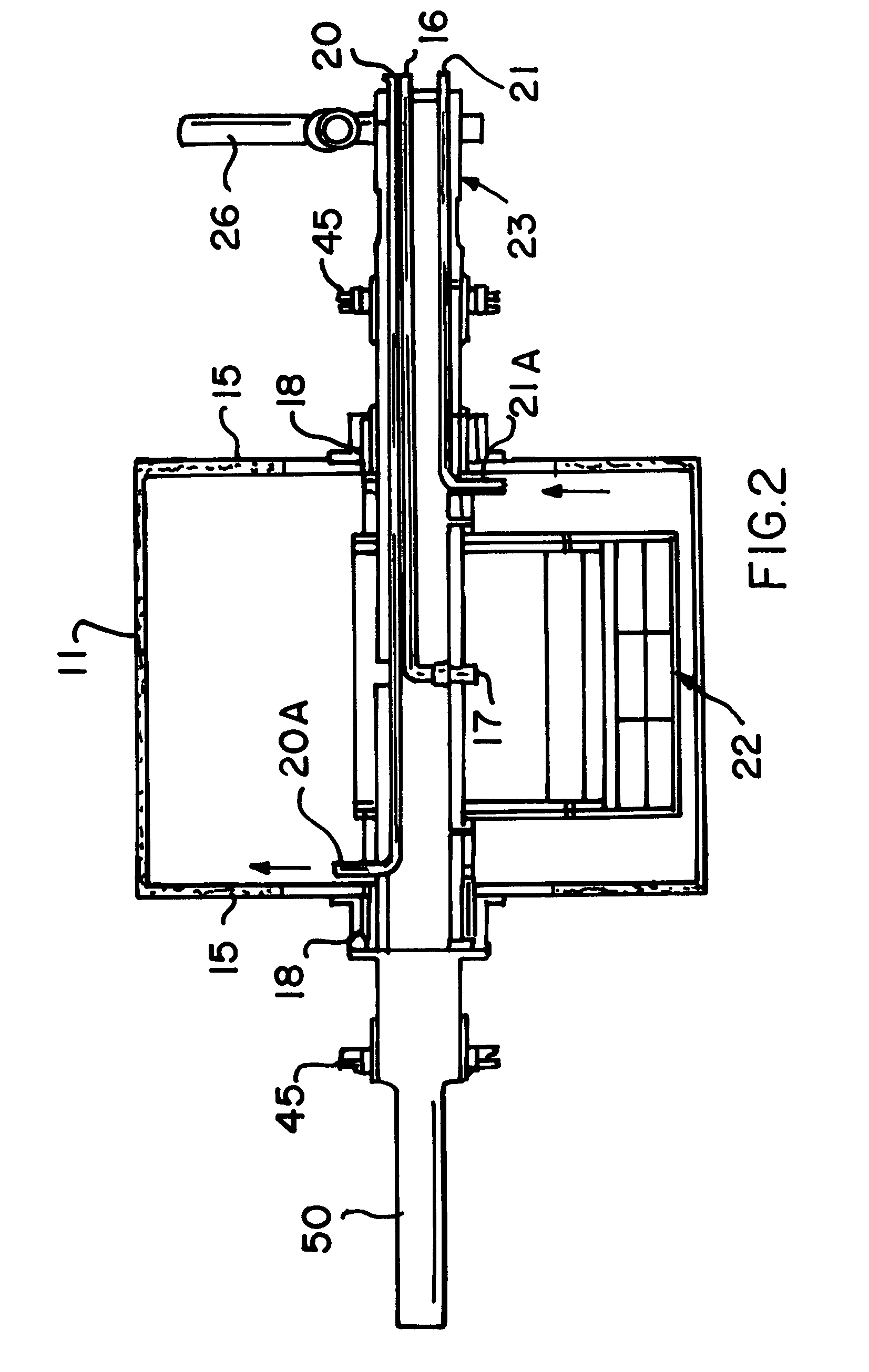Hot magnetic separator process and apparatus
a technology of hot magnetic separator and process, applied in the direction of magnetic separation, solid separation, chemistry apparatus and processes, etc., can solve the problems of rare earth magnets corroding or rusting readily, the magnets themselves cannot survive the elevated temperatures, and the gap in the mineral processing industry
- Summary
- Abstract
- Description
- Claims
- Application Information
AI Technical Summary
Benefits of technology
Problems solved by technology
Method used
Image
Examples
Embodiment Construction
Overview of the Present Invention
[0045]The present design is known as a Hot Magnetic Separation Process. This process involves controlling important system variables in order to maximize the separation efficiency of magnetic materials using a Hot Magnetic Separator (HMS). The process requires the control of important system variables in order to maximize the separation efficiency of a Hot Magnetic Separator System. One can control the temperature of the sensitive parts of the processing system by controlling the temperature of the feed and the feed rate. Additionally, by controlling the temperature of the feed one can also control the separation performance. Control of feed temperatures enables selective separation of different fractions based on how they respond to a magnetic field as they approach and exceed their Curie temperature. Many of the new design features are similar to a conventional magnetic drum separator, but with the addition of new features to make it capable of sep...
PUM
 Login to View More
Login to View More Abstract
Description
Claims
Application Information
 Login to View More
Login to View More - R&D
- Intellectual Property
- Life Sciences
- Materials
- Tech Scout
- Unparalleled Data Quality
- Higher Quality Content
- 60% Fewer Hallucinations
Browse by: Latest US Patents, China's latest patents, Technical Efficacy Thesaurus, Application Domain, Technology Topic, Popular Technical Reports.
© 2025 PatSnap. All rights reserved.Legal|Privacy policy|Modern Slavery Act Transparency Statement|Sitemap|About US| Contact US: help@patsnap.com



